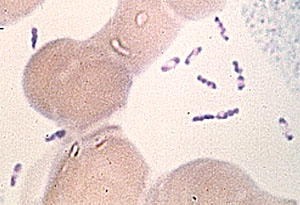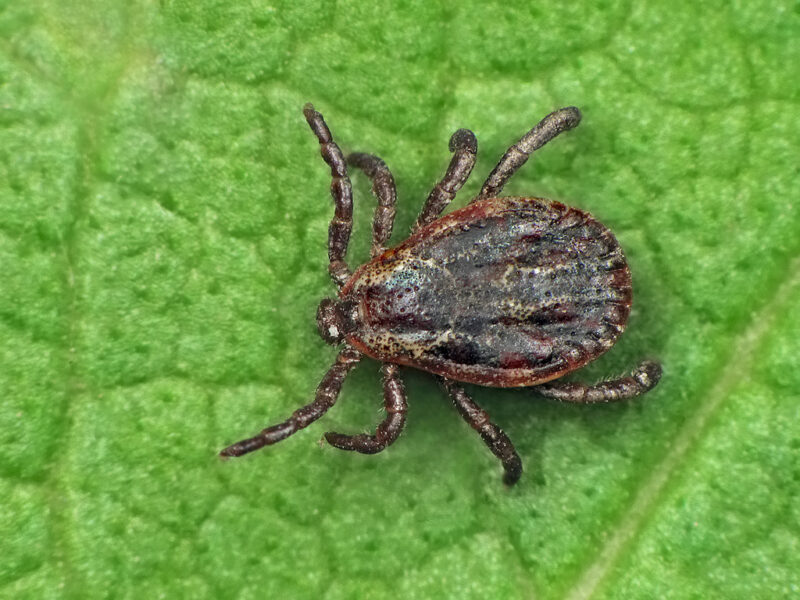Once exclusive to Asia and Africa, a strain of Hand, Foot, and Mouth Disease (HFMD), which affects children under five, has arrived in the United States. A news release from Johns Hopkins Children Center lists over 50 cases of the disease, labeled coxsackie A6, in recent months and “countless phone calls from scared parents and concerned physicians.” Dr. Bernard Cohen, director of pediatric dermatology at Johns Hopkins Children’s Center, said that this number was only “the tip of the iceberg.”
Coxsackie A6 strikes with frightening speed. Typical HFMD in the United States is marked by several days of malaise followed by a rash. However, coxsackie A6 can cause bright red blisters and rash, along with malaise and fever, quite literally overnight. In addition, physicians point out the new strain affects children older than usual and presents with a more widespread rash, which can range from red blotches to raised blisters.
HFMD is typically spread through saliva, secretions coughed up from the lungs, and feces (think daycares) with seasonal spikes in the summer and fall. Health professionals indicate that the best way to avoid the illness is simply good hygiene. Despite the disease’s ominous rash or blisters, most cases resolve after 7 to 10 days without treatment.
The CDC indicates that coxsackie A6 may have appeared stateside as early as November 2011. Currently, HFMD is not a reportable disease in the United States. Using partial gene sequencing, the CDC was able to confirm cases of the new strain in Alabama, Connecticut, California, and Nevada by February 2012. However, given recent outbreaks of new HFMD worldwide, most notably in Cambodia this summer, continued disease tracking and research is important.

